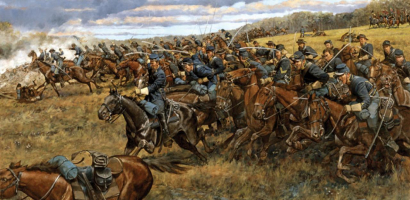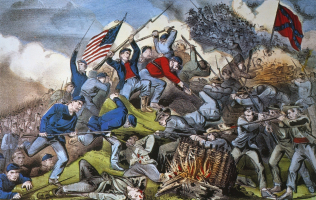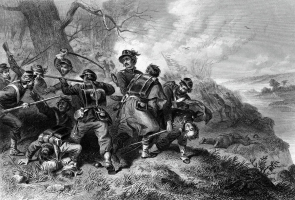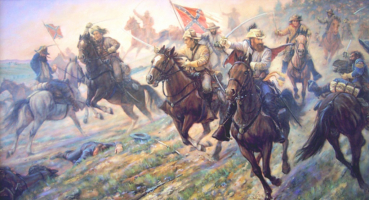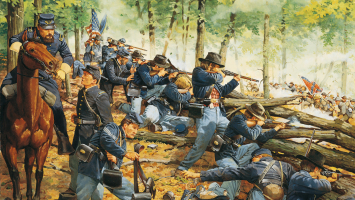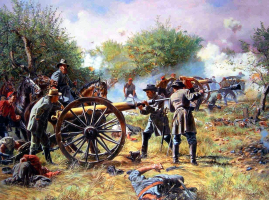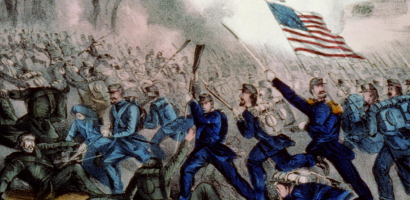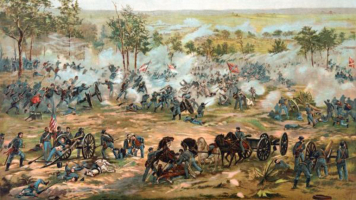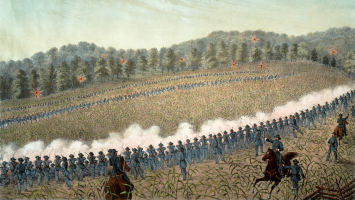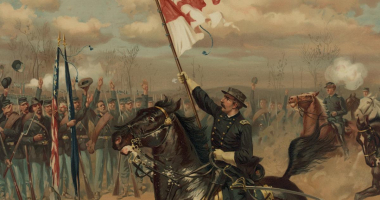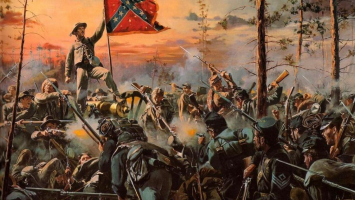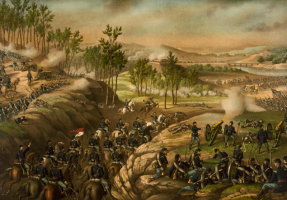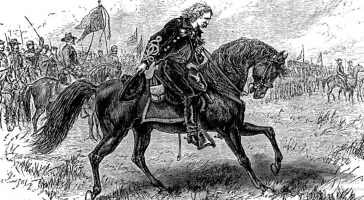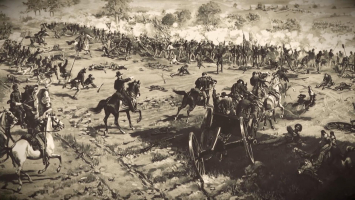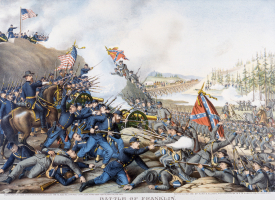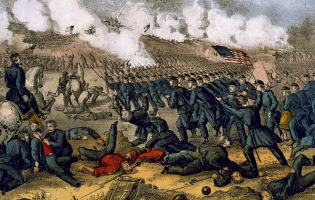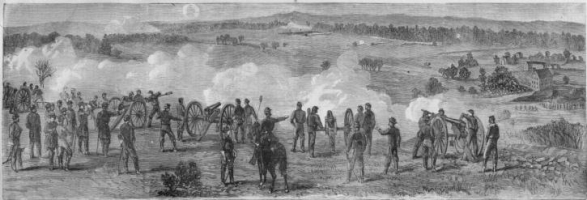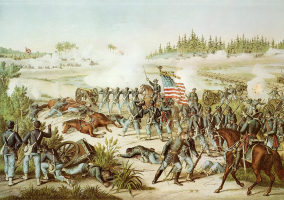Top 11 Facts About The Battle of Princeton
The Battle of Princeton was a battle of the American Revolutionary War, fought near Princeton, New Jersey on January 3, 1777, and ended in a small victory for ... read more...the Colonials. We assembled these top facts about the Battle of Mill Springs. We hope these exciting facts will improve your awareness and appreciation for this watershed battle in New Jersey.
-
In July 1776, the first British soldier to set foot on Staten Island, General William Howe's Anglo-Hessian army seemed invincible. More than 30,000 soldiers from Canada, England, and South Carolina were transported to New York in the weeks that followed by 400 warships and transports in an effort to put an end to the uprising. Brooklyn and Manhattan were taken by these forces, which forced General George Washington and his dwindling Continental Army into Pennsylvania via New Jersey. The revolution was fading by winter.
The unexpected Continental victory at Trenton on December 26, 1776, signaled a turnabout in the Americans' fortunes. Following the crossing of the Delaware, the Continental Army was held intact by Washington for the ten days known as the "10 important days," during which time he captured roughly 900 Hessians and guided the army to safety in the northern New Jersey hills.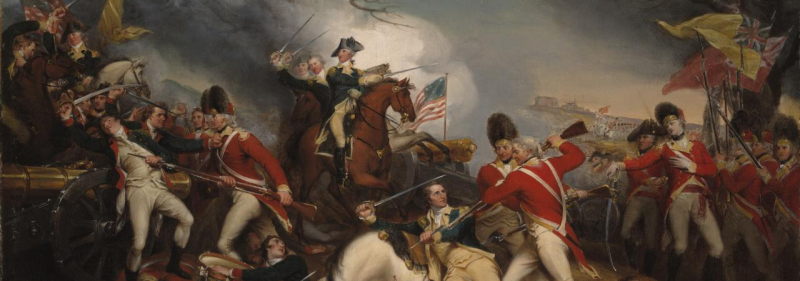
American Battlefield Trust 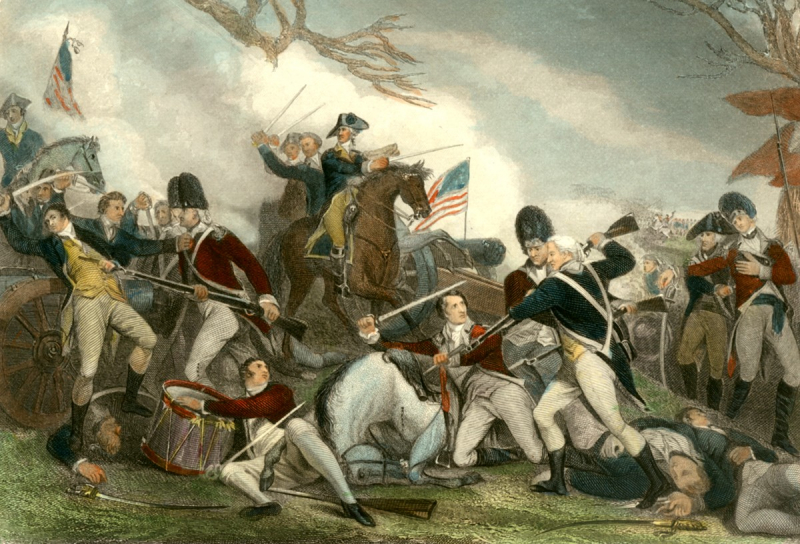
Mount Vernon -
This unnamed informant was possibly a Princeton University student (established in 1746 as the College of New Jersey), who was detained by British forces stationed at Princeton on the night of December 29–30. He "made his escape" and arrived in Colonel John Cadwalader's camp at Crosswicks, 15 miles south of Princeton, before midday on the 30th. Colonel Cadwalader was in charge of a brigade of Philadelphia Associators stationed there. According to the best information he could obtain, there were approximately 5,000 men total, almost equal numbers of Hessians and British troops. Cadwalader produced a map of Princeton, its approaches, and the British forces nearby, gathering as much useful information as he could. The next day, it was in Washington's possession.
On order to defend the city's roads from Trenton to the south, Pennington to the west, and Kingston to the north, the British stationed artillery in the main street. The informant did note that "no sentries on the east side of town," where a meandering road went "to the back section of Princeton which may be approached on this side - the country cleared mostly for about two miles& little fences," were present. This verified data collected the day before by a mounted scouting party under the command of Colonel Joseph Reed. The Saw Mill Road, also known as this route, became Washington's main access point to Princeton.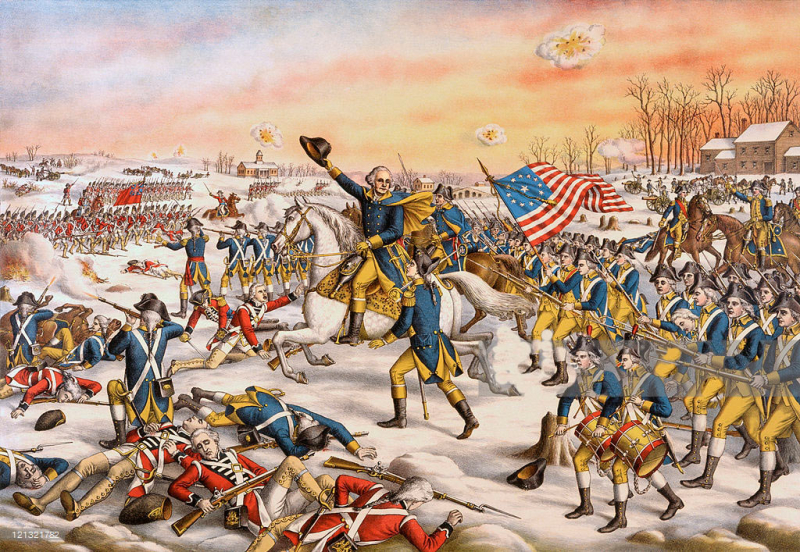
British Battles 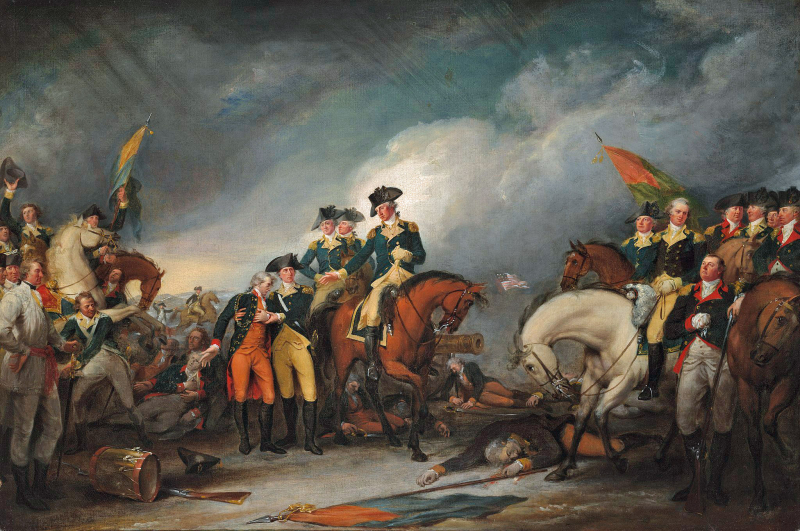
NJ Spotlight News -
With 24,000 men, Washington started the summer of 1776 getting ready to meet the British in New York. By Christmas, the General had a skeleton of his previous force with only 6,500 of them being effective. Instead of creating a standing army, which they believed went against their republican beliefs, Congress chose to tie men to a year of service.
On the morning of December 26, 1776, Washington withdrew back to Pennsylvania after defeating the Hessians at Trenton. He therefore made the decision to launch an assault on the British army before preparing for winter quarters. These contracts were scheduled to end for many of the soldiers still serving under Washington's command on December 31, 1776. "If you will consent to stay one month longer, you will perform that service to the cause of liberty and to your nation which you probably can never do under any other conditions," General Washington pleaded with his soldiers to reenlist. His argument was successful, and 3,300 guys decided to stay for an extra $10. Also that day, Washington learned that Congress had voted to give him wide-ranging powers for six months that are often described as dictatorial.American Battlefield Trust 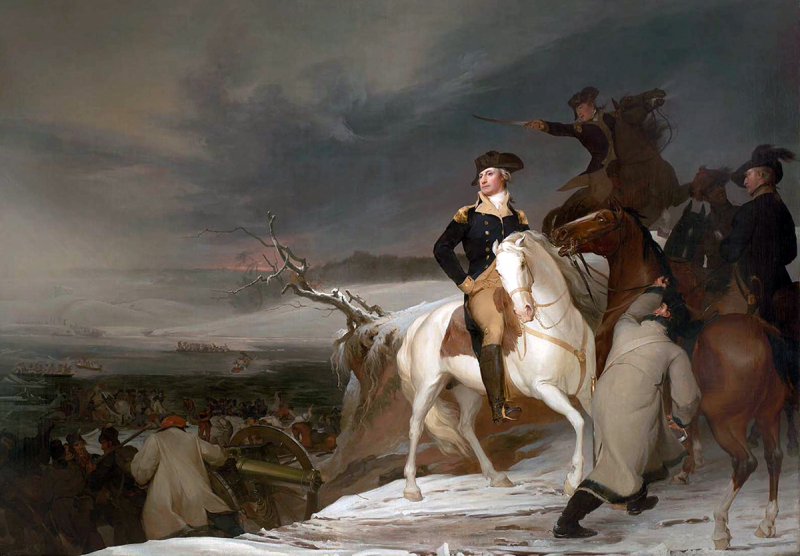
Journal of the American Revolution -
The start of 1777 brought moderate temperatures, turning the icy roadways near Trenton into mud puddles. The head of the British Army advanced into Trenton on January 2 at a speed of just over one mile per hour due to the appalling circumstances.
The temperatures continued to drop as the fighting at Assunpink Creek came to a conclusion, and the night grew "exceedingly dark." To avoid "the impression of a retreat," Washington and his officers decided during a council of war that a strike on Princeton would free the army from its precarious situation.
Washington issued an order for the extra luggage to be transported to Burlington so it could be sent to Pennsylvania. The cannon could be moved without sinking into the ground since the ground had frozen. The luggage was on its way to Burlington by midnight, and the cannons were covered in a thick cloth to muffle noise and keep the British from discovering about the departure. The weather once again came to the rescue of the Continental Army. Washington left 500 troops behind with two cannons to patrol, maintain fires, and use picks and shovels to pretend to be digging into the British. These men were to assemble with the main army before dawn.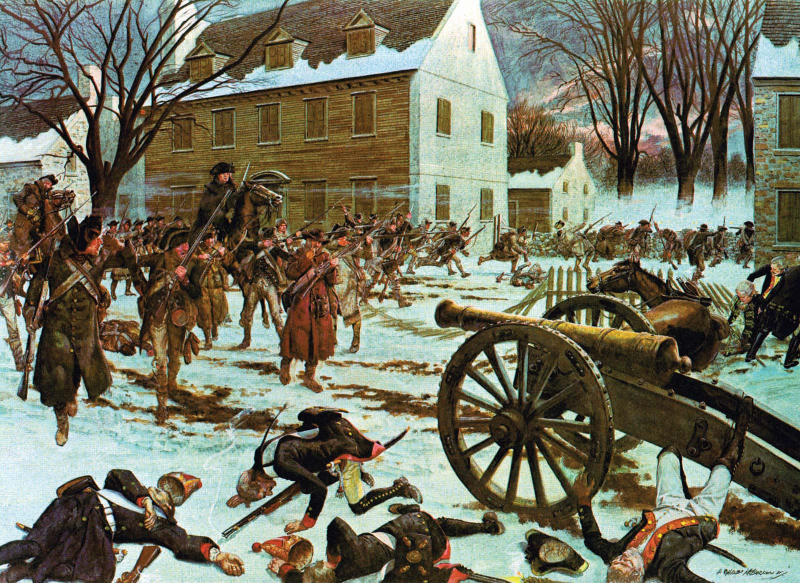
History on the Net 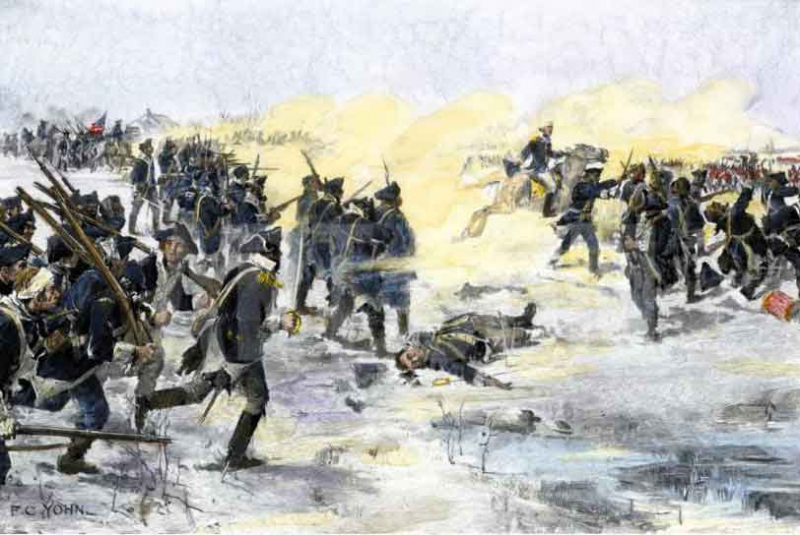
American Revolutionary War -
The 4th Brigade of Lt. Colonel Mawhood departed Princeton before dawn on January 3 in order to meet the rest of the army commanded by Cornwallis at Trenton. Mawhood turned the 4th Brigade back into the town at dawn when he saw the American columns approaching from Saw Mill Road, about a mile and a half outside of Princeton. He gave the order for the 17th Unit of Foot, his own regiment, to cover the column. The men set their camp next to a fence in William Clarke's orchard after removing their packs.
Nearly 2,000 American soldiers from Mercer's, Cadwalader's, and Hitchcock's brigades, supported by Edward Hand's riflemen, engaged 246 members of the 17th and about 100 members of the 16th Light Dragoons in a see-sawing battle across the William and Thomas Clarke farms. After initially being repulsed, they were eventually overwhelmed. The cost of the 17th position was high. Ensign George Inman said that the unit left 101 dead or injured soldiers on the cold terrain.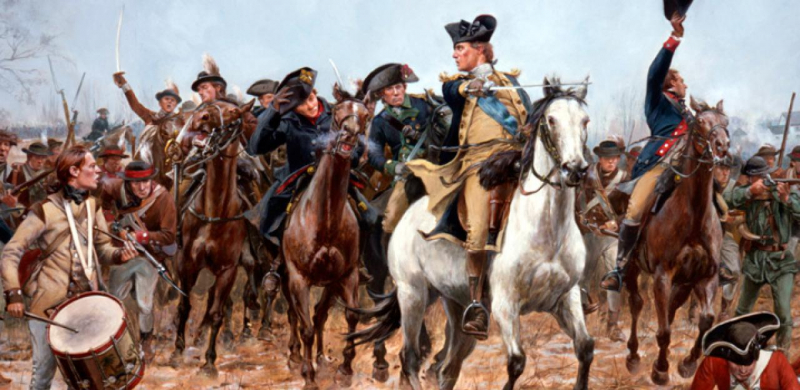
American Battlefield Trust 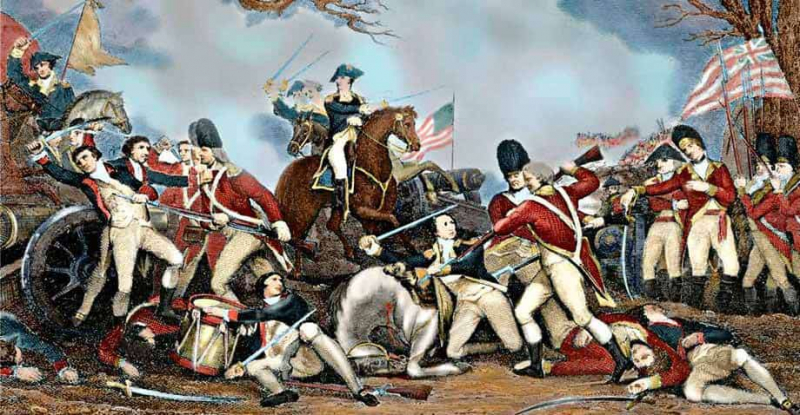
American Revolutionary War -
Mawhood was reportedly bringing his troops back to Princeton when Mercer got the news. Washington gave Mercer instructions to withdraw his column to the right so he could attack the British before they could engage Washington's main army. When Mercer realized he wouldn't be able to stop Mawhood in time, he turned to join Sullivan instead of moving toward Mawhood's back. Mawhood sent a portion of the 55th Regiment to join the 40th Regiment in the town after learning that Mercer was in his rear and advancing to join Sullivan. Mawhood then deployed the remaining 55th, the 17th, fifty cavalry, and two artillery pieces to assault Mercer.
While he brought up the other detachments, Mawhood instructed his light forces to keep Mercer from moving. The British light infantry suddenly came while Mercer was strolling through William Clark's orchard. The volley from the British light infantry was high, which enabled Mercer time to turn his troops into the front lines of fight. The British light infantry were pushed back as Mercer's forces approached. At the top of the orchard, the Americans took up a position behind a fence. The British and outnumbered American infantry exchanged fire for nearly ten minutes after the American gunners commenced fire.
Because many of the Americans were using rifles, which couldn't be fitted with bayonets, they were overwhelmed when Mawhood ordered a bayonet charge. The British took both of the American cannons and turned them against the retreating soldiers. British soldiers approached Mercer and yelled at him, "Surrender, you damn renegade!" Mercer chose to resist rather than request a quarter. The British, thinking they had caught Washington, bayoneted Hugh Mercer and then left him for dead.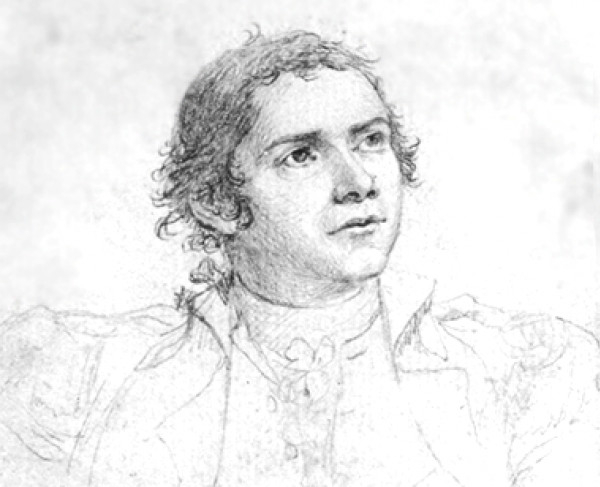
Hugh Mercer - American Battlefield Trust 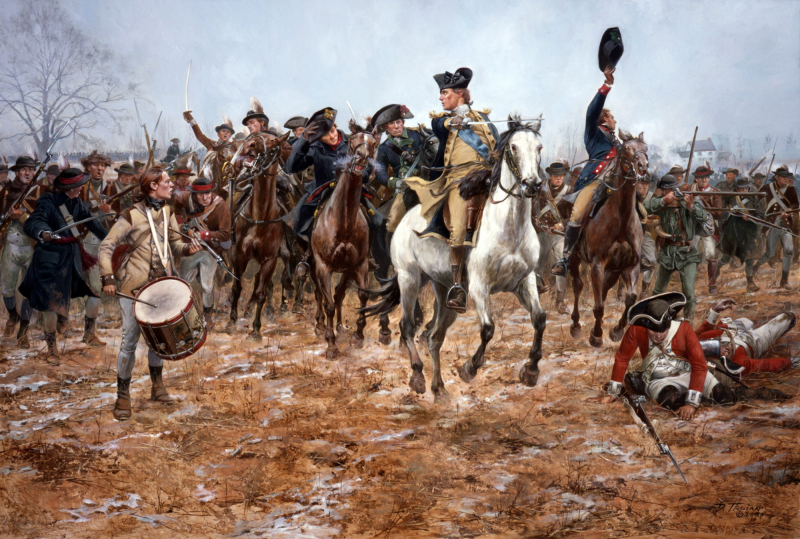
Mount Vernon -
Lieutenant Colonel Charles Mawhood, the British officer in command at Princeton, was ordered by Cornwallis to send reinforcements to his position at Trenton. Leaving a small garrison at Princeton, Mawhood began marching up the Post Road towards Trenton shortly after dawn. The army marching north from Washington traveled primarily on a parallel, lesser-known route that ran through the Thomas Clark ranch - a route largely out of sight of the Postal Service. Late at night, Washington sent a small detachment under Hugh Mercer to capture and destroy the Stony Brook Bridge along Post Street. It was this detachment that was seen by scouts attached to the Mawhood columnist. Mawhood, now aware of a new threat near Princeton, pivoted its forces and approached Mercer at Clarke Ranch.
One can imagine what would have happened if this chance meeting had not taken place. The Mawhood was supposed to be on its way to Trenton, and Washington would find only a small, vulnerable garrison at Princeton.
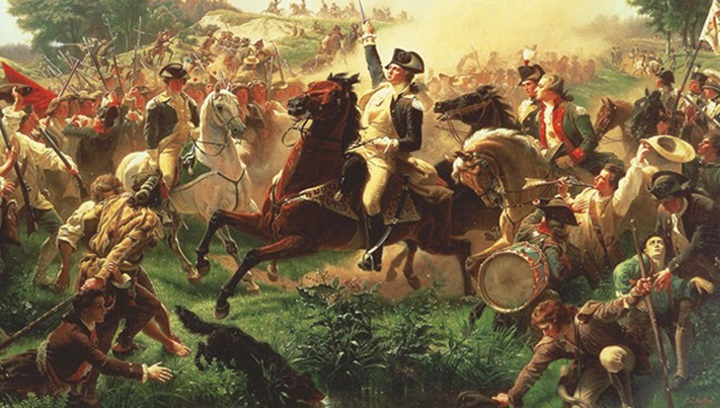
Health.mil 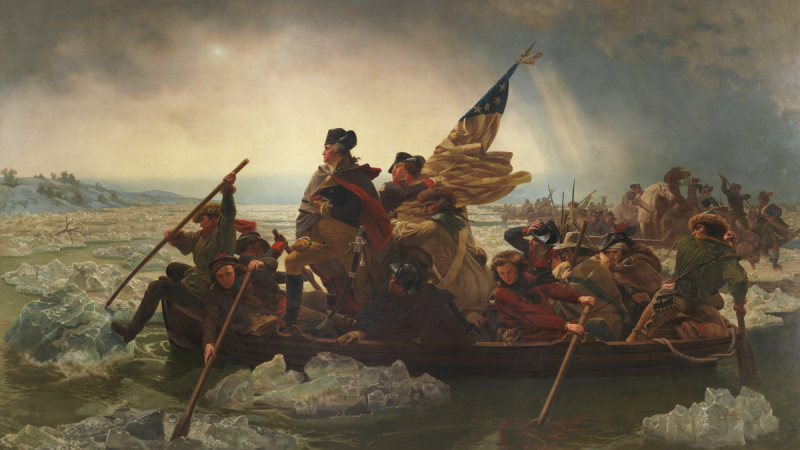
History.com -
According to a well-known, maybe legendary tale, Alexander Hamilton ordered his artillery to fire on British soldiers hiding in Nassau Hall, the landmark main structure of Princeton University, where the 40th and 55th Regiments of Foot had found cover, during the Battle of Princeton. Alexander Hamilton brought three cannons up and had them blast away at the building. The King George II painting that hung in the structure was hit by one of the cannonballs as a result; it was later replaced by an image of George Washington.
Major James Wilkinson, an aide to General Washington, remembered the event quite differently. “ There was only one gun fired at the college, a six-pounder, by an officer who did not know the enemy had fled the area. The bullet recoiled and almost killed my horse as I passed behind the structure.”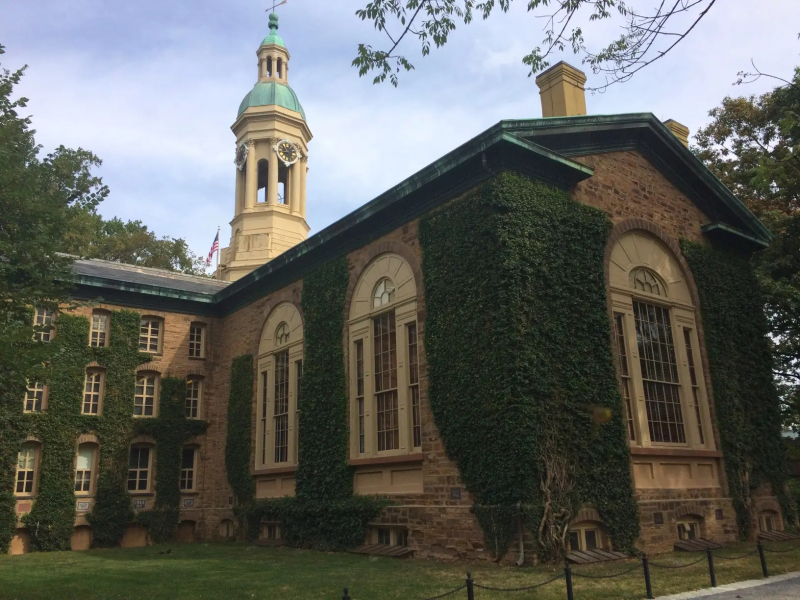
mountvernon.org 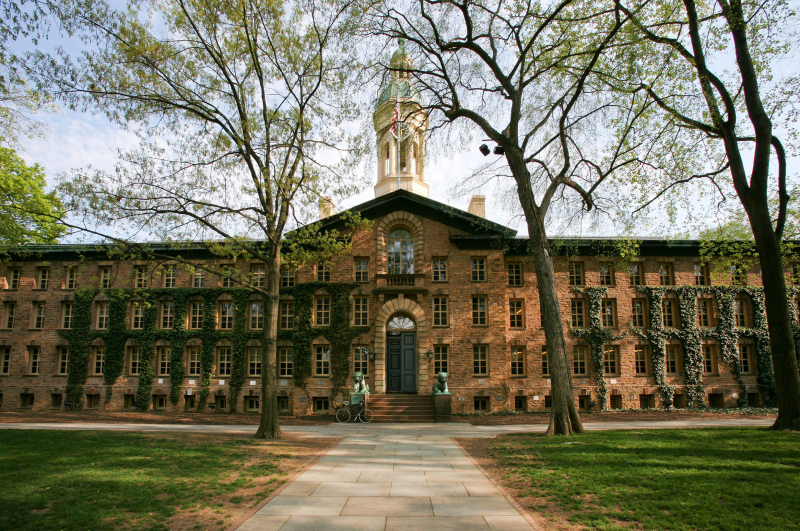
www.princeton.edu -
As soon as they arrived in Princeton, the Americans started robbing the town and the abandoned British supply carts. When Washington learned Cornwallis was coming, he decided he had to leave Princeton. Washington wanted to advance to New Brunswick and seize a 70,000-pound British pay chest, but Major Generals Henry Knox and Nathanael Greene dissuaded him from doing so. Instead, on the evening of January 3, Washington moved his army to Somerset Courthouse, marched to Pluckemin by January 5, and arrived at Morristown by dusk the next day for winter encampment. The Battle of Princeton was the last major battle fought by the Continental army for nearly six months.
As an alternative, Washington ordered the army to winterize in the security of the Watchung Mountains in New Jersey and then began to reassemble the force. Although there were almost daily clashes between American detachments and British hunting parties, the Battle of Short Hills on June 26, 1777, was the next significant event.
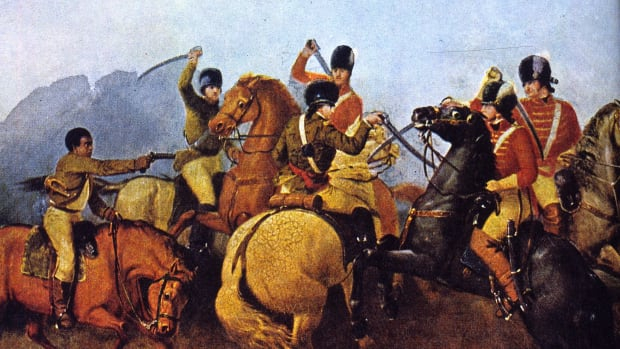
History.com 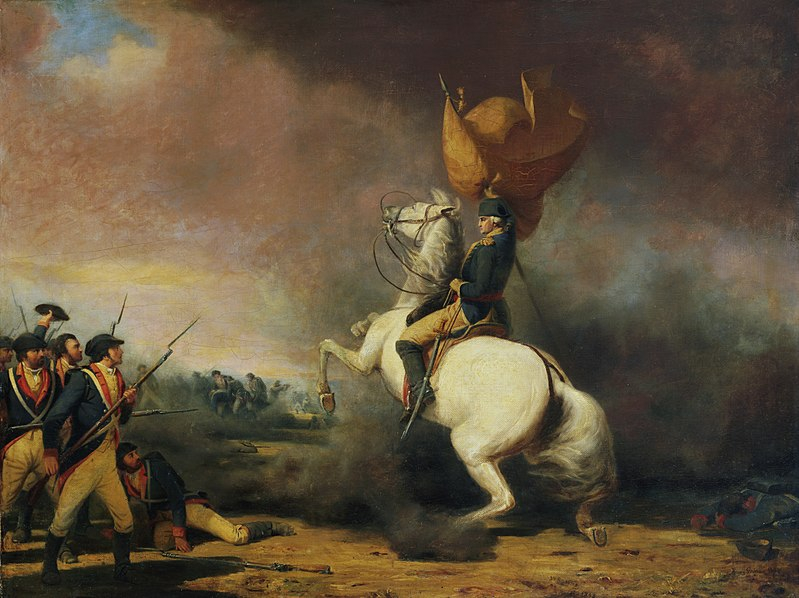
Wikipedia -
Over 24 acres of the Princeton battlefield have been maintained by the Trust since 2014. The American Battlefield Trust recently completed on the $4 million acquisition of 14.85 acres connected to the 1777 Battle of Princeton by the Institute for Advanced Study. The Institute will be able to finish building new faculty housing on its campus while preserving the area that is close to the current Princeton Battlefield State Park. Approximately two-thirds of Maxwell's Field property, which was previously intended for faculty housing, as well as an additional 1.12-acre parcel to the north of the property that historians have identified as an important portion of the battlefield, make up the recently acquired land, which will eventually be transferred to New Jersey as an addition to the current Princeton Battlefield State Park.
The Battle of Princeton and the nation's independence were on the line during one of the most illustrious moments of the American Revolution, which took place on these 15 acres. On this land, George Washington launched a decisive charge that forced the Redcoats to flee. Washington had just won his first battle against seasoned British soldiers.
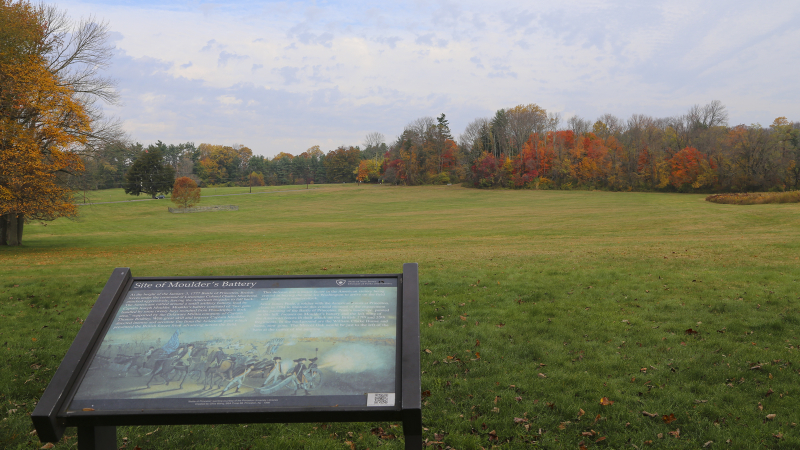
The Cultural Landscape Foundation 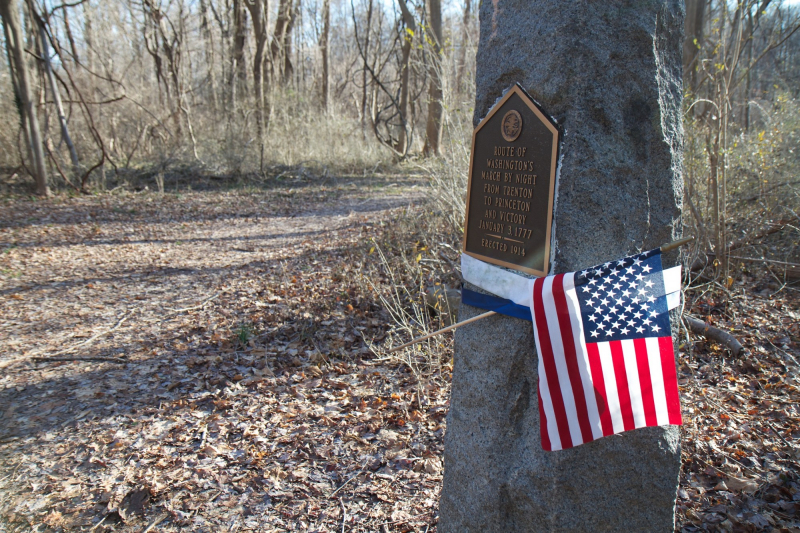
Mount Vernon -
It's not surprising that the most prominent painters of the day wished to depict Gen. Washington on canvas given how the news of Washington's triumph at Princeton had electrified the nation. Early in 1779, George Washington at Princeton was completed by Princeton student and Continental Army veteran Charles Willson Peale, who painted Washington most frequently. The Supreme Executive Council of Pennsylvania had ordered the artwork for its council rooms in Independence Hall, Philadelphia. Following the painting's premiere, there was a huge demand for copies. For clientele as diverse as King Louis XVI, the Spanish Court, and the island of Cuba, Peale is thought to have produced 18 or more separate duplicates of the painting. The US Senate, Colonial Williamsburg, the Virginia Museum of Fine Arts, Princeton University, the Metropolitan Museum of Art, and the Virginia Museum of Fine Arts all currently house reproductions of the originals. Each of these reproductions uses various canvas sizes, modernized outfits, unique backdrops, and other changes.
Washington is seen in the original painting, which is now kept in the collection of the Pennsylvania Academy of Fine Arts, leaning on the barrel of a captured cannon with the Hessian and British flags at his feet. Nassau Hall, the location of the decisive battle's last minutes, can be seen in the backdrop as Washington, wearing a blue and buff uniform with a commander's sash, stares boldly in the viewer's direction.
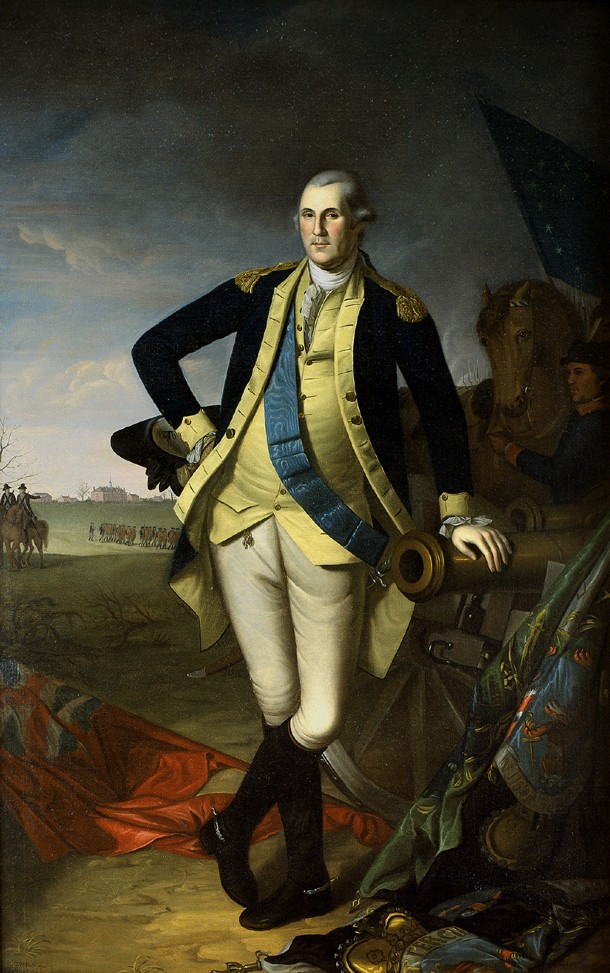
Mount Vernon 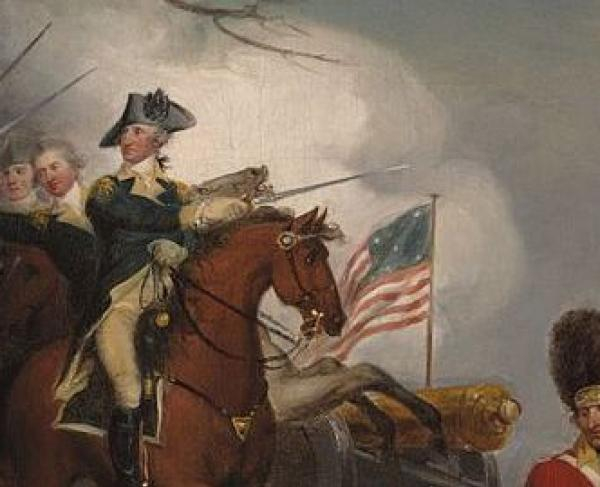
American Battlefield Trust













